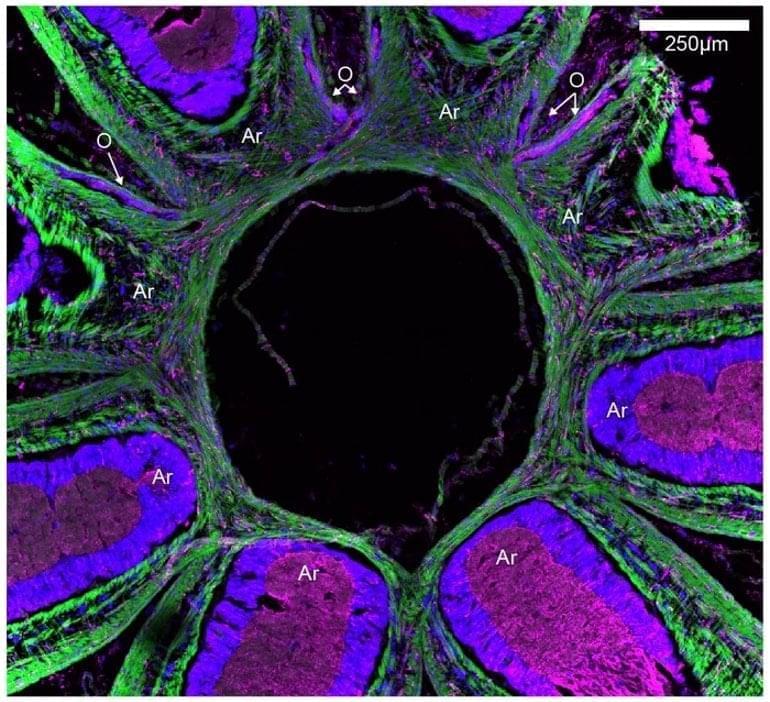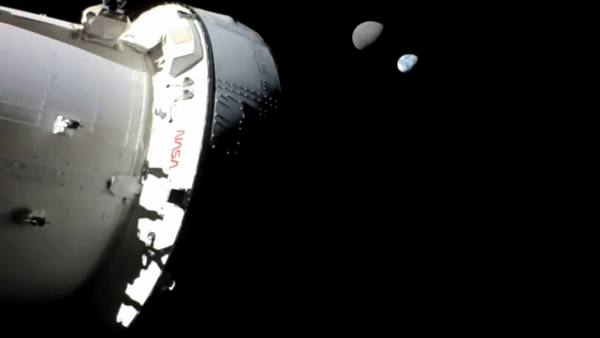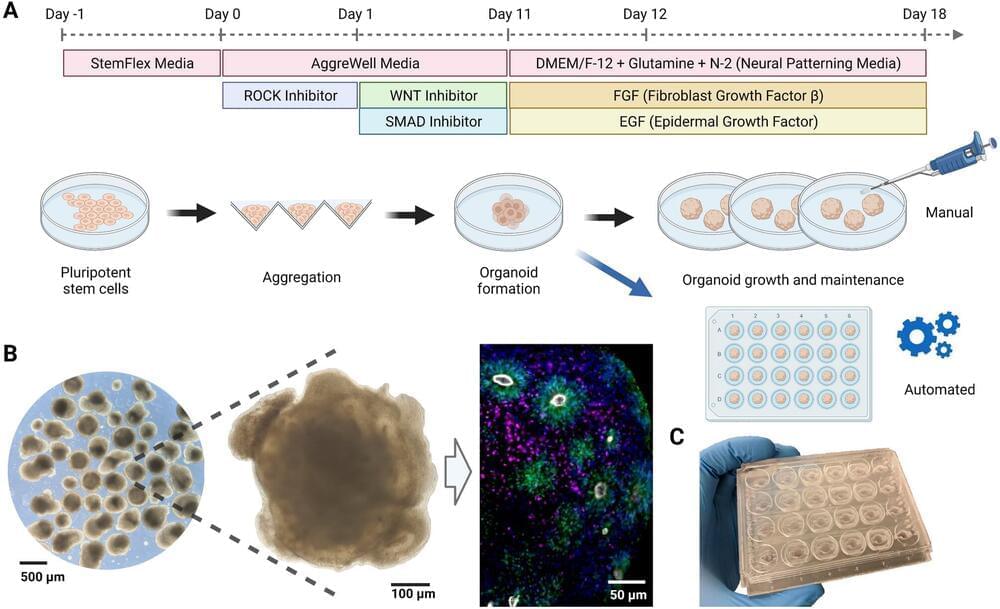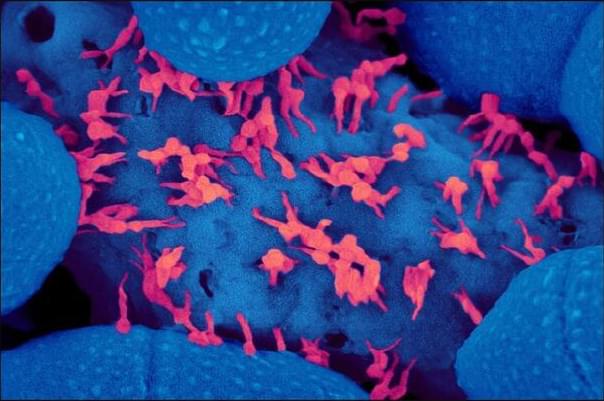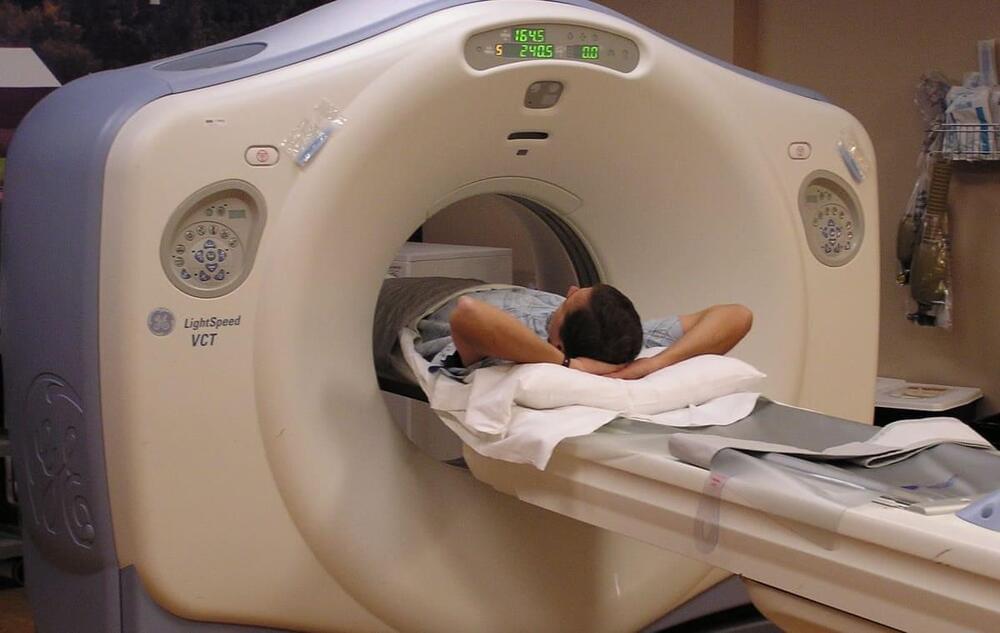NEW DELHI: Among all the protests that have erupted across China following the strict quarantine measures enforced by the government for Covid-19, one form that has stood out is the display of a physics equation.
In images widely being circulated on social media, students of Beijing’s Tsinghua University can be seen holding sheets on which is written one of the Friedmann equations.
What these equations have to do with the subject of the protests is open to speculation. Many on social media have suggested that it is a play on the words “free man”. Another view is that it symbolises a free and “open” China, because the Friedmann equations describe an “open” (expanding) universe.

